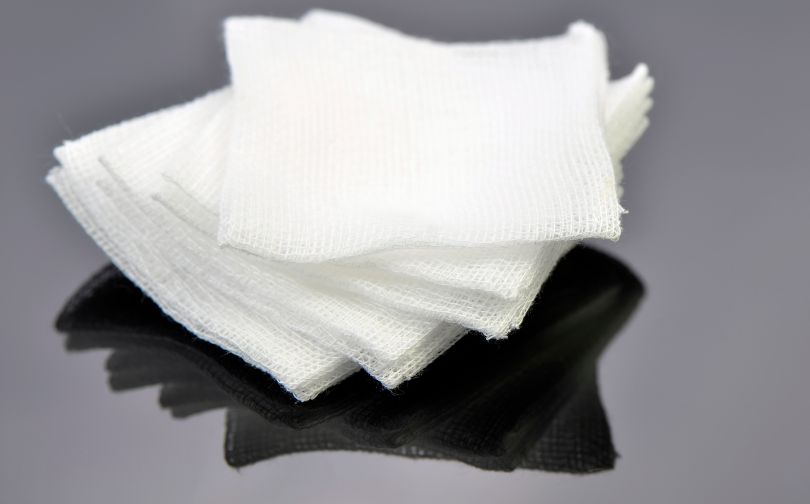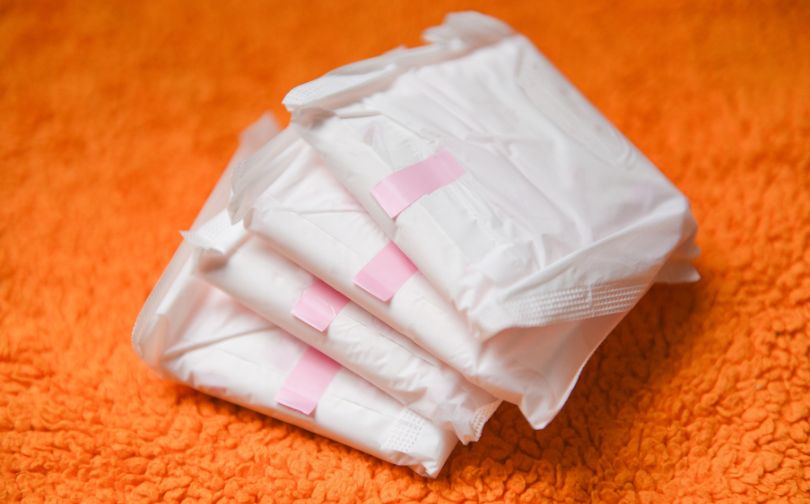When choosing between combine pads and gauze pads, the decision can feel confusing. Each type of pad serves a different purpose, but understanding which one is right for your situation makes a big difference in wound care.
Combine pads are thicker and designed for heavy drainage, making them ideal for serious injuries. Gauze pads, on the other hand, are lighter and more suited for smaller wounds that need frequent changes.
One fact to consider: combine pads are often used in post-surgical settings because of their high absorbency. This feature helps prevent infections by keeping wounds dry.
The question remains: which pad is the right choice for your needs? In the following sections, we’ll dive into the differences, benefits, and how to make an informed choice. By the end, you’ll have a clear understanding of what works best for your situation.
What Is the Difference Between Combine Pads and Gauze Pads?
Combine pads are a specialty first aid and first responder item. They are used to stop massive bleeding and to help with serious wounds. They are the larger and more absorbent “older brother” to the gauze pad. Gauze pads are used to treat small wounds such as scrapes and cuts, where blood loss is not a grave concern. When there is a wound with more bleeding, then a paramedic or EMT will reach for a combine pad. The thickness and absorbency of the combine pad will allow them to quickly stop the bleeding and to stabilize the patient so they can be transported. When a patient has an injury that requires the use of a combine pad, then they will likely need to be stitched at a hospital or require some sort of surgery. It is important to be able to apply a lot of pressure to these types of injuries to get the bleeding slowed down and to alleviate the threat to the patient’s life.
Combine pads come in a sterile packaging and can also be used in surgery to contain bleeding and to the wound begin to heal. They are generally packaged so that you can apply them without touching the pad itself to preserve the sterile nature. If you are looking for combine pads, check them out here.
Conclusion
Choosing between combine pads and gauze pads depends on the severity of the wound and the care required. Each type offers unique advantages, and understanding these differences is key to making the right decision.
Combine pads are best suited for wounds with heavy drainage, making them a crucial tool in post-surgical care and emergency situations. Their high absorbency ensures wounds remain dry, which can help reduce the risk of infection.
Gauze pads, by contrast, work well for smaller, less severe injuries. Their lightweight design makes them easy to change frequently, allowing for efficient care of minor wounds.
By assessing the nature of the injury, you can decide which pad will offer the best support for healing and recovery.
FAQs
What materials are combine pads made of?
Combine pads are composed of a soft, non-woven outer layer and a highly absorbent cellulose inner core. The outer layer pulls moisture into the core, which distributes and absorbs fluids efficiently, making them ideal for heavy drainage situations.
Can gauze pads be used for all types of wounds?
Gauze pads are suitable for many wound types, including cleaning and covering minor cuts or scrapes. However, they are not recommended for wounds with heavy drainage, as their absorbency is limited compared to combine pads.
How do combine pads prevent leakage?
Combine pads have sealed edges, designed to prevent fluid from escaping. This helps maintain a clean wound environment by blocking external contaminants, like dirt and bacteria, while absorbing drainage efficiently.
Are there any cost differences between using gauze and combine pads?
Combine pads are generally more expensive than gauze pads because of their superior absorbency and specialized design. Costs vary based on the brand and specific features, with combine pads being more suited for wounds with significant drainage.





